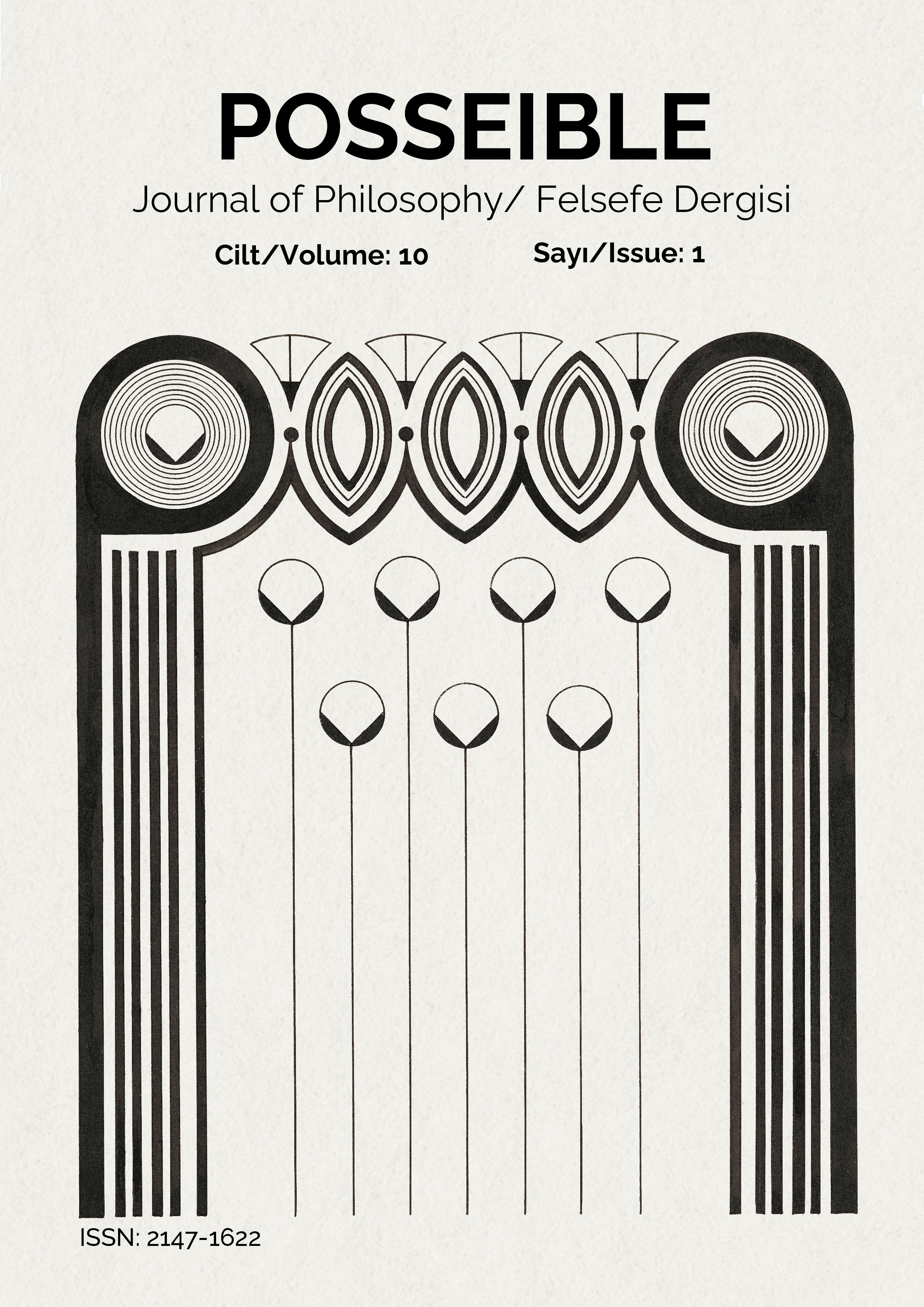The Original and Forgery Distinction as an Aesthetic Pseudo-Problem
DOI:
https://doi.org/10.5281/zenodo.7416171Keywords:
Original, copy, forgery, aesthetic quality, artworkAbstract
Artworks are evaluated in relation to an aesthetic understanding and with the goal of developing that understanding and aesthetic appreciation. These evaluations attribute an aesthetic value to artworks through various aesthetic qualities. The aesthetic value attributed to the artistic productions also determines the aesthetic status of these works of art. High aesthetic value is often considered a status peculiar to original works. However, the problem of forgery that Nelson Goodman discussed under the title of authenticity reinterprets the relations between original, copy, and forged. Taking a different approach from that of Goodman’s, this article draws attention to the critical difference between copy and forgery and presents a new perspective in which the distinctive aesthetic qualities reserved for original works can also be accepted for forged works. The problem of the aesthetic status of forgery is informative not only for aesthetic understanding but also for our perspective on artistic creation processes. Within this framework, it will be argued that the distinction between original and forgery is not an aesthetic problem by showing that the distinction itself is a pseudo-problem. This so-called distinction will be questioned in various respects within the frame of visual art forms, and the place of forged works in the art world and their function in terms of aesthetic understanding will be reevaluated. The distinction which categorically gives a lower status to forgery will be rejected, and the obsession with originality in connection with a genuine reality, which in fact art should assume the task of distorting, will accordingly be undermined.
References
Çelik, Murat. 2018. “The Quasi-Real World of Fiction and The Cognitive Value of Literature in Roman Ingarden’s Philosophy of Literature.” Dört Öge, no. 14: 45-62.
Danto, Arthur C. 2012. Sıradan Olanın Başkalaşımı. Çev. E. Berktaş, Ö. Ejder. İstanbul: Ayrıntı Yayınları.
Dutton, Dennis. 1979. “Artistic Crimes: The Problems of Forgery in the Arts.” The Britisih Journal of Aesthetics 19, no. 4: 302-314.
Goodman, Nelson. 1968. Languages of Art: An Approach to a Theory of Symbols. New York: The Bobbs-Merrill Company Inc.
Hoaglund, John. 1976. “Originality and Aesthetic Value.” The Britisih Journal of Aesthetics 16, no.1: 46-55.
Irvin, Sherri. 2007. “Forgery and the Corruption of Aesthetic Understandstanding.” Canadian Journal of Philosophy 37, no.2: 283-304.
Kulka, Thomas. 2005. “Forgeries and Art Evaluation: An Argument for Dualism in Aesthetics.” The Journal of Aesthetic Education 39, no.3: 58-70.
Lessing, Alfred. 1965. “What is Wrong with a Forgery?” The Journal of Aesthetics and Art Criticism 23, no. 4: 461-471.
Sagoff, Mark. 1976. “The Aesthetic Status of Forgeries.” The Journal of Aesthetics and Art Criticism 35, no.2: 169-180.
Schüller, Sepp. 1960. Forgers, Dealers, Experts: Strange Chapter in the History of Art. Çev. J. Cleugh. New York: G. P. Putnam’s Sons.
Schwartz, Hillel. 2014. The Culture of the Copy: Striking Likeness, Unreasonable Facsimiles. New York: Zone Books.
Vermazen, Bruce. 1991. “The Aesthetic Value of Originality.” Midwest Studies in Philosphy 16, no.1: 266-279.








